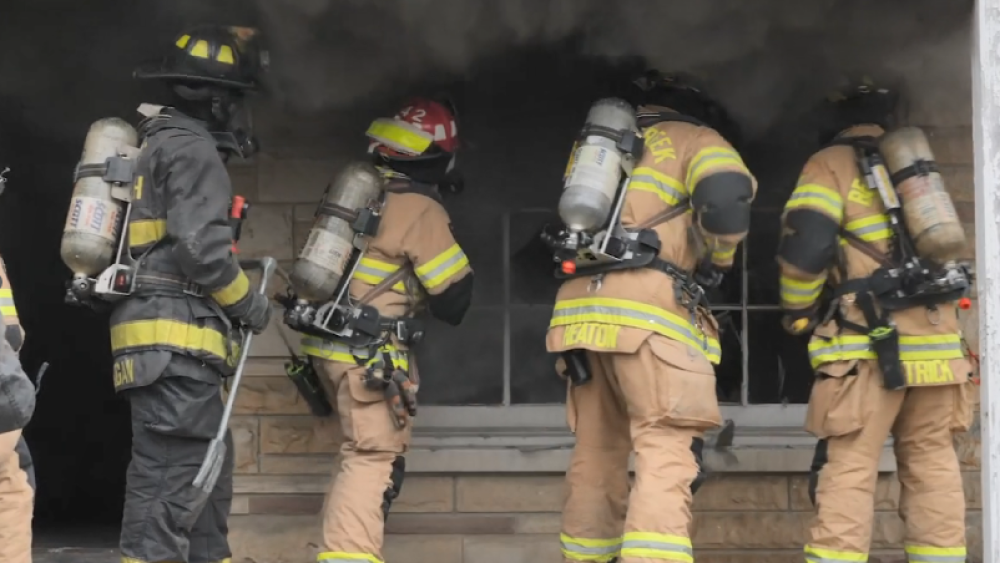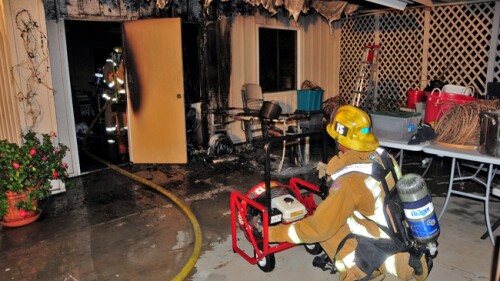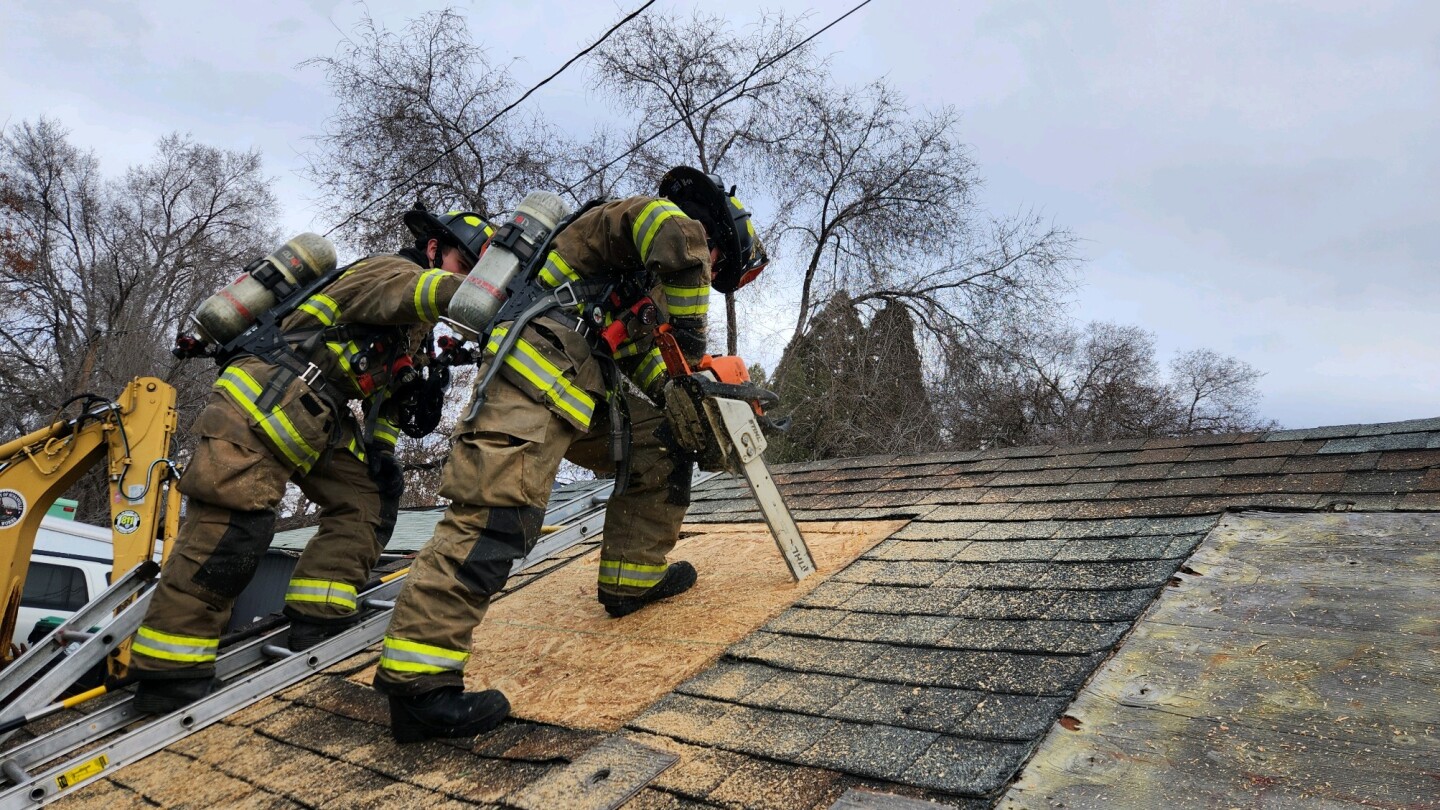As research continues to emerge, highlighting the importance of coordinated ventilation, firefighters are forced to adjust strategies and tactics. This special coverage series reviews the current ventilation-focused research and offers detailed steps for how to best implement the various ventilation operations – vertical ventilation, horizontal ventilation, positive pressure ventilation, among other tips and tricks to ensure safe fireground operations.
MOST POPULAR
- Don’t let your guard down: Welfare checks can turn deadly
- San Diego firefighters try chemically safe spray to prevent brush fires
- N.C. firefighter killed in landslide during Hurricane Helene response
- S.C. firefighter airlifted from scene of fire engine, tractor-trailer crash
- Explosion rips through Pa. chemical plant, injuring 6 firefighters
MORE FIREGROUND OPERATIONS
Preplanning the contents and building construction, while performing walk-throughs and training, builds confidence in responding to these low-frequency events
New technology tracks toxins and carcinogens to determine fireground exposure areas
Extra rungs above the roofline provide added ladder visibility, safety
A review of basic fire development, tactical approaches and residential building construction
Jonathan Brumley and Scott Orr discuss whether to flow water while advancing a charged hoseline
Researchers compared firefighters’ exposure to toxins during different fireground tasks and attack types
Reviewing building construction, unique hazards, and mistakes and lessons learned from fires in these dangerous occupancies
Gibby Gorman shares tips for providing incident commanders the critical information they need
Initial observations from the Philadelphia chemical facility fire underscore importance of preplanning and SMEs


















